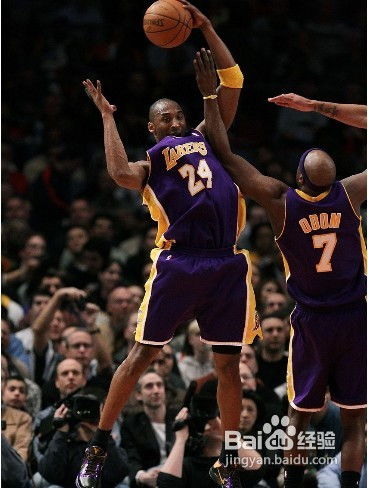Understanding Rebounds in Basketball
Rebounding is a critical aspect of basketball that often determines a team's success. It refers to the act of gaining possession of the basketball after a missed field goal or free throw. Rebounds can be categorized into two main types: offensive rebounds and defensive rebounds.
Offensive Rebounds:
When a player from the offensive team retrieves the basketball after a missed shot by their own team, it's termed as an offensive rebound. Securing offensive rebounds is crucial as it provides the team with another opportunity to score points. It also allows the team to extend possessions, wear down the opposing defense, and potentially create secondchance scoring opportunities.
Key Points about Offensive Rebounds:
1.
Positioning
: Players must anticipate where the ball will bounce off the rim after a missed shot and position themselves accordingly. This requires a combination of anticipation, timing, and physicality.
2.
Boxing Out
: Offensive rebounding often involves aggressively boxing out opposing players to gain better positioning under the basket. This technique involves using body contact to create space and establish rebounding position.
3.
TipIns and Putbacks
: Offensive rebounds often lead to quick putback shots or tipins near the basket, allowing players to score without needing to reset the offense.
Defensive Rebounds:

Defensive rebounds occur when a player from the defensive team retrieves the basketball after an opponent's missed shot. Securing defensive rebounds is crucial for ending the opponent's possession and preventing secondchance scoring opportunities.
Key Points about Defensive Rebounds:
1.
Team Effort
: Defensive rebounding requires coordinated effort from multiple players on the team. Players must communicate, box out opponents, and aggressively pursue the basketball.
2.
Transition Offense
: Securing defensive rebounds often initiates fast break opportunities, as players look to quickly advance the ball up the court to capitalize on the opponent's defensive vulnerabilities.
3.
Securing Possession
: Defensive rebounds help the team regain possession of the basketball, allowing them to reset their offense and control the pace of the game.
Strategies for Effective Rebounding:
1.
Fundamental Techniques
: Emphasize fundamental rebounding techniques such as boxing out, pursuing the basketball aggressively, and maintaining proper positioning.
2.
Physicality and Effort
: Rebounding often comes down to effort and determination. Coaches should instill a mindset of relentless pursuit of the basketball among their players.
3.
Study Opponents
: Analyze opponents' tendencies regarding shot selection and rebounding patterns to anticipate where missed shots are likely to go and adjust rebounding strategies accordingly.
4.
Drills and Practice
: Incorporate reboundingspecific drills into practice sessions to improve players' skills and instincts.
5.
Player Roles
: Assign specific roles to players based on their strengths and abilities. Some players may excel at offensive rebounding, while others may specialize in securing defensive rebounds.
In conclusion, rebounding is a fundamental aspect of basketball that can significantly impact game outcomes. Whether it's securing offensive rebounds for secondchance scoring opportunities or grabbing defensive rebounds to end opponents' possessions, mastering rebounding techniques and strategies is essential for success on the basketball court.
